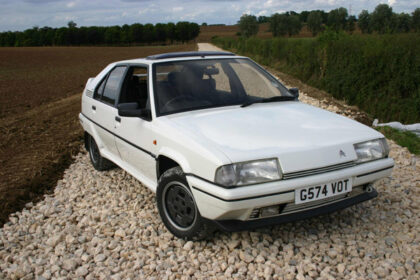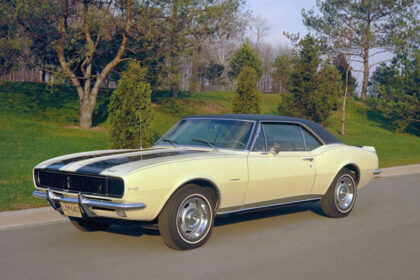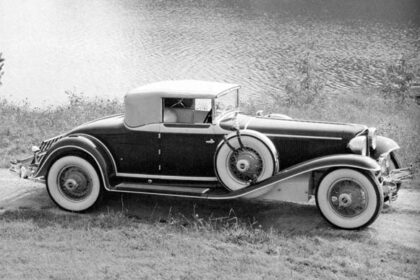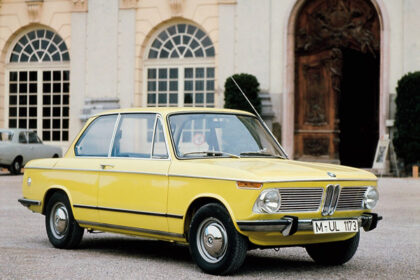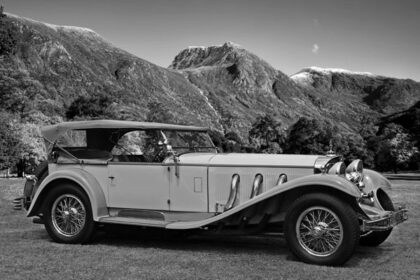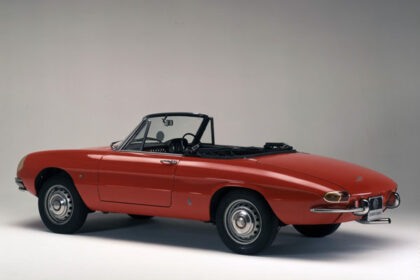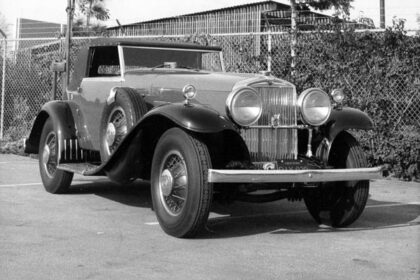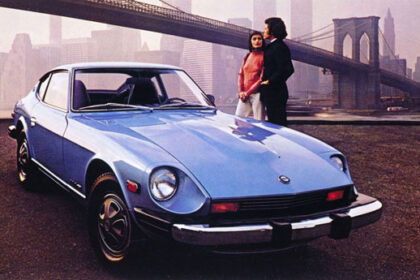DODGE CHARGER DAYTONA
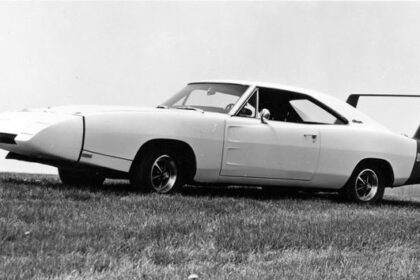
In 1968 Dodge introduced a new car, aimed at recapturing former glories at Daytona. It was built around the 6980cc 90-degree V8 hemi engine of the Charger and although the power output had to stay the same to comply with the rules there was some advantage to be gained from changing the bodywork. This was the time when automobile aerodynamics were first in vogue. For Dodge this meant a new plastic nosecone designed to conceal pop-up headlights and at the rear a really large spoiler. The spoiler was so large… Read more





